
T20 cricket, with its explosive format and emphasis on scoring runs quickly, has revolutionized the way the game is played. This rapid evolution extends far beyond just tactics and team strategies. At the heart of this change lies the evolution of batting techniques in T20 cricket. This article explores this fascinating journey, dissecting the key aspects that have transformed batsman ship in the shortest format of the game.
The Traditional Foundation
The Essence of Classical Techniques
Before delving into the innovations brought by T20 cricket, it’s important to understand the traditional batting techniques that formed the bedrock of cricket. Classic shots like the cover drive, pull shot, and leg glance were staples of a batsman’s repertoire. These strokes required a strong technical foundation, including perfect balance, precise footwork, and impeccable timing.
The Persistence of Classic Techniques
Despite the rapid evolution in T20 cricket, the essence of classical techniques hasn’t entirely faded. In fact, mastering these traditional strokes remains crucial for a well-rounded batsman. Players like Virat Kohli and AB de Villiers have demonstrated that while innovation is key in T20s, the classical shots still play a significant role in building a batsman’s confidence and allowing them to adapt to various formats.
Suggested Read: The Role of Mentors and Support Staff in ICC Men’s T20 World Cup 2024
From Classic Strokes to Innovation
Introduction to Unorthodox Shots
The evolution of batting techniques in T20 cricket has seen a significant shift towards innovation. Batsmen are now expected to have a wider array of unorthodox shots at their disposal. This transformation has been driven by the need to exploit field placements and score boundaries even off good deliveries.
The Scoop Shot
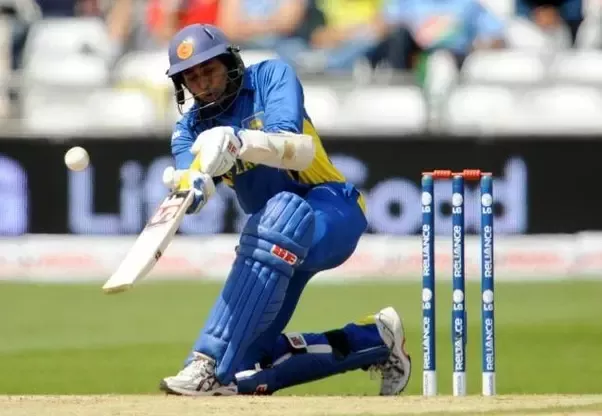
One of the most notable innovations in T20 batting is the scoop shot, popularized by players like Tillakaratne Dilshan and later perfected by others such as Jos Buttler. The scoop shot involves delicately flicking the ball over the wicketkeeper’s head, utilizing the pace of the bowler. This shot is particularly effective against fast bowlers and has become a vital weapon in a batsman’s arsenal.
The Reverse Sweep
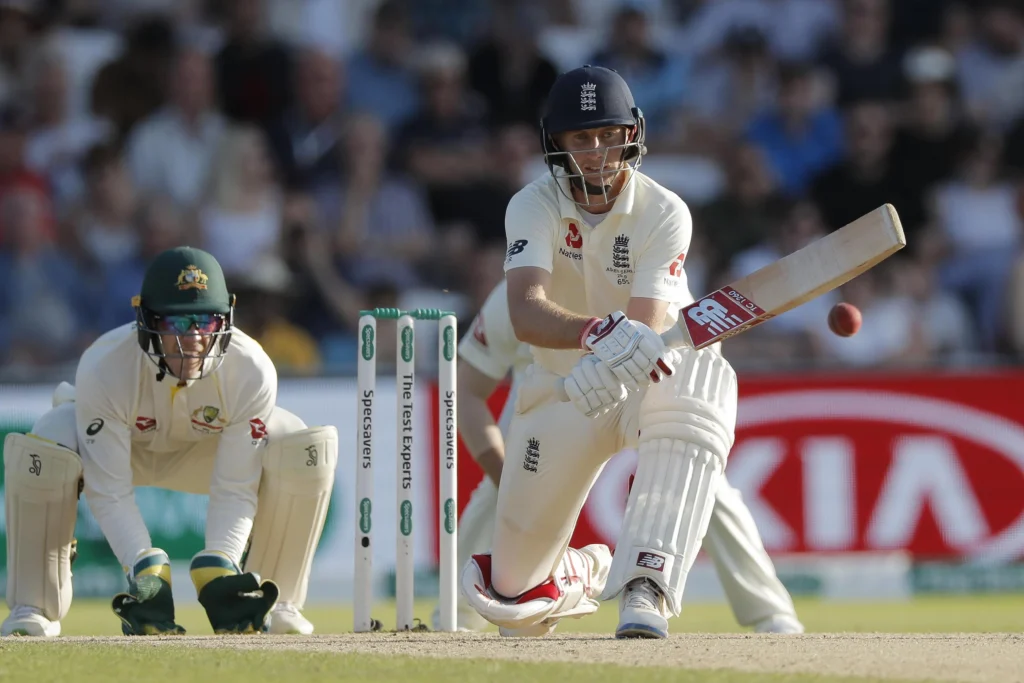
Another revolutionary shot is the reverse sweep. Initially considered highly risky, it has now become a common tactic to disrupt a bowler’s line and length. Players like Kevin Pietersen and Glenn Maxwell have shown how effective the reverse sweep can be, especially against spinners. It allows batsmen to access gaps in the field that traditional shots cannot reach.
The Lap Shot
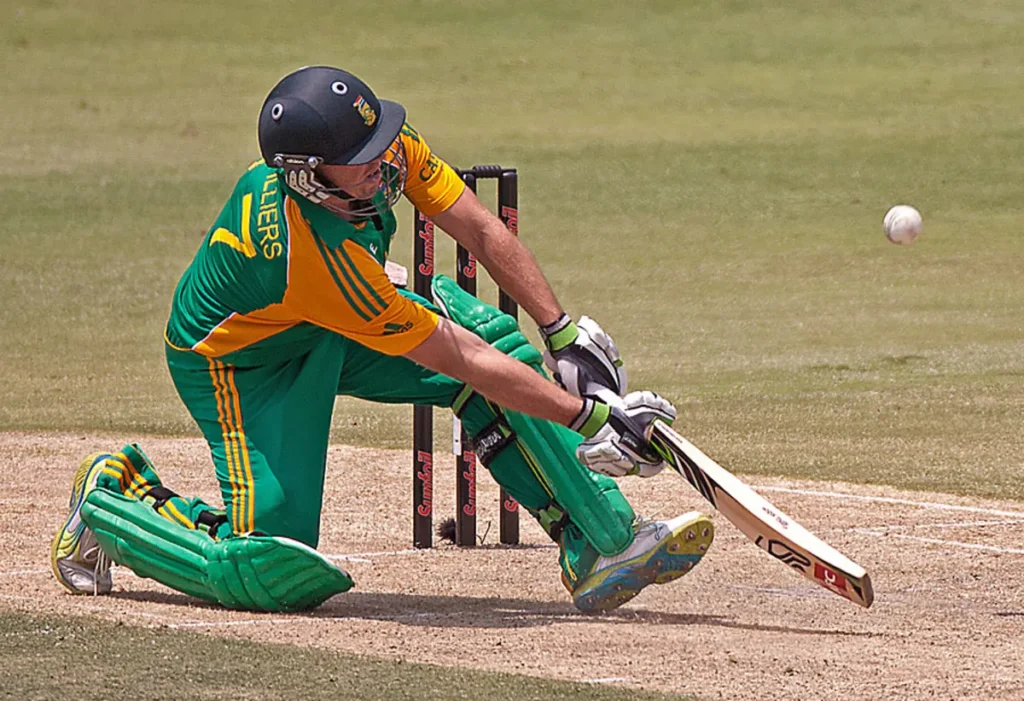
The lap shot, or paddle sweep, is another innovative technique used to manipulate field settings and score quick runs. By getting low and guiding the ball fine on the leg side, batsmen can turn yorkers and low full tosses into boundary-scoring opportunities. This shot, used effectively by players like MS Dhoni and Eoin Morgan, demonstrates the creative thinking that has come to define T20 batting.
Power Hitting Takes Center Stage
The Rise of Power Hitting
The shorter format emphasizes scoring runs at a brisk pace, leading to a surge in power hitting. Modern batsmen focus on maximizing their six-hitting potential, aiming to clear the boundaries with brute force rather than just finesse.
Modern Bats
The evolution of cricket equipment has played a significant role in this transformation. Modern bats, with their larger sweet spots and lighter weight, have enabled batsmen to generate more power with less effort. This, combined with innovative techniques, has made power hitting a central aspect of T20 batting.
The Slog Sweep
The slog sweep is a prime example of a power-hitting technique that has become prevalent in T20 cricket. By getting down on one knee and swinging across the line, batsmen aim to send the ball into the stands. This shot, used effectively by players like David Warner and Chris Gayle, has become synonymous with T20 cricket’s aggressive style.
The Helicopter Shot
The helicopter shot, made famous by MS Dhoni, is another testament to the creativity and power of modern T20 batsmen. By using a wristy flick with a full follow-through, batsmen can hit yorker-length deliveries for six. This shot is particularly effective against fast bowlers aiming for the blockhole and has become an iconic part of T20 batting.
The Art of Rotation of Strike
Importance of Rotating the Strike
While power hitting is crucial, the ability to rotate the strike remains a key aspect of T20 batting. This technique involves constantly keeping the scoreboard ticking by taking singles and twos, thereby maintaining momentum and building partnerships.
Techniques for Rotating the Strike
Batsmen utilize various techniques to rotate the strike effectively. Nudging the ball into gaps, utilizing the flick off the pads, and placing the ball into vacant areas are all strategies employed to ensure continuous scoring. These methods are particularly important during middle overs when boundary opportunities might be limited.
Running Between the Wickets
Sharp running between the wickets is another critical component of strike rotation. Batsmen need to be quick and decisive, turning ones into twos and taking calculated risks to steal singles. Players like Virat Kohli and Kane Williamson have exemplified the importance of fitness and awareness in running between the wickets, turning it into an art form that complements their batting techniques.
Adapting to Different Phases of the Game
The Powerplay Overs
A successful T20 batsman needs to adapt his technique throughout the innings, beginning with the powerplay overs. During this phase, the focus is on maximizing scoring opportunities against the fielding restrictions. Batsmen aim to exploit the limited number of fielders outside the 30-yard circle, often playing aggressive shots to accumulate quick runs.
Middle Overs Consolidation
As the middle overs progress, batsmen need to consolidate and build partnerships. This phase requires a mix of caution and aggression, balancing the need to maintain a steady run rate while avoiding unnecessary risks. Effective use of strike rotation and selective boundary hitting are crucial during this period.
Death Overs Assault
The death overs demand maximum power and calculated risks. Batsmen unleash their most audacious strokes, targeting specific areas of the field to maximize runs. Techniques like the ramp shot, uppercut, and innovative variations of conventional shots come into play, with the aim of setting or chasing down imposing totals.
Psychological Aspects of T20 Batting
Handling Pressure
T20 cricket is a high-pressure environment where the margin for error is minimal. Batsmen must develop mental resilience to handle the pressure of scoring quickly and efficiently. This involves maintaining focus, staying calm under pressure, and making quick, decisive decisions.
Reading the Game
Successful T20 batsmen are adept at reading the game and adapting their strategies accordingly. This involves understanding the field placements, the bowler’s intentions, and the match situation. The ability to anticipate and react swiftly is crucial for exploiting scoring opportunities and countering the opposition’s plans.
Confidence and Aggression
Confidence and controlled aggression are key traits of successful T20 batsmen. The confidence to execute innovative shots and the aggression to dominate the bowlers can shift the momentum in favor of the batting side. Players like Andre Russell and Glenn Maxwell have demonstrated how a fearless approach can dismantle even the most formidable bowling attacks.
What is the Role of Coaches and Analysts?
Technological Advancements
The evolution of batting techniques in T20 cricket has been significantly influenced by technological advancements. High-speed cameras, video analysis software, and data analytics have revolutionized the way players and coaches approach the game. These tools provide insights into a batsman’s strengths and weaknesses, enabling them to refine their techniques and strategies.
Personalized Training Regimens
Coaches and analysts now develop personalized training regimens tailored to individual players. These programs focus on enhancing specific skills, addressing technical flaws, and preparing batsmen for different match scenarios. The use of simulation and virtual reality training has also emerged, allowing players to practice against virtual representations of bowlers and match conditions.
Mentorship and Mental Conditioning
The role of mentors and mental conditioning coaches has become increasingly important in T20 cricket. These professionals help batsmen develop mental toughness, manage pressure, and maintain a positive mindset. Techniques such as visualization, mindfulness, and stress management are integrated into training programs to enhance a batsman’s psychological resilience.
Case Studies of Transformative Batsmen
AB de Villiers
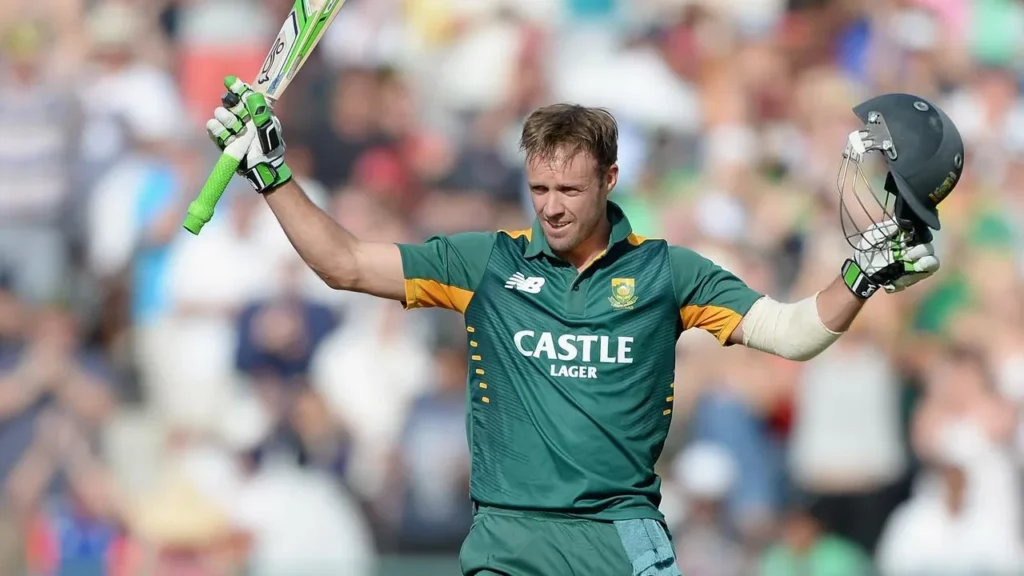
AB de Villiers, often referred to as “Mr. 360,” epitomizes the evolution of batting techniques in T20 cricket. His ability to play shots all around the ground, combined with his innovative approach, has redefined modern batsmanship. De Villiers’ mastery of unconventional shots, such as the reverse sweep and the scoop, along with his power hitting, makes him a perfect case study for understanding the transformation in T20 batting.
Chris Gayle
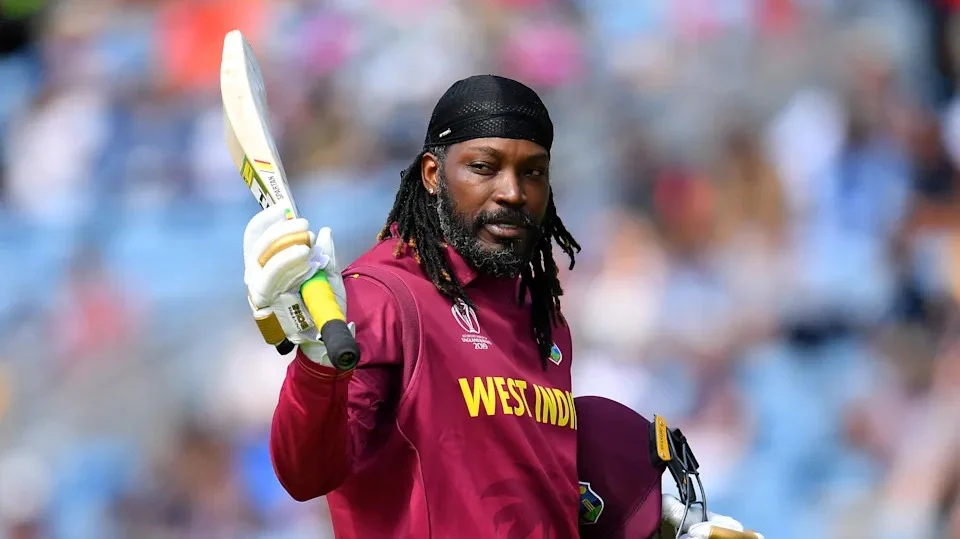
Chris Gayle’s approach to T20 batting focuses on sheer power and aggression. Known for his ability to clear boundaries with ease, Gayle has set numerous records in T20 cricket. His technique, centered around strength and timing, highlights the importance of power hitting in the shortest format of the game. Gayle’s success underscores the shift towards a more aggressive, boundary-oriented batting style.
Virat Kohli
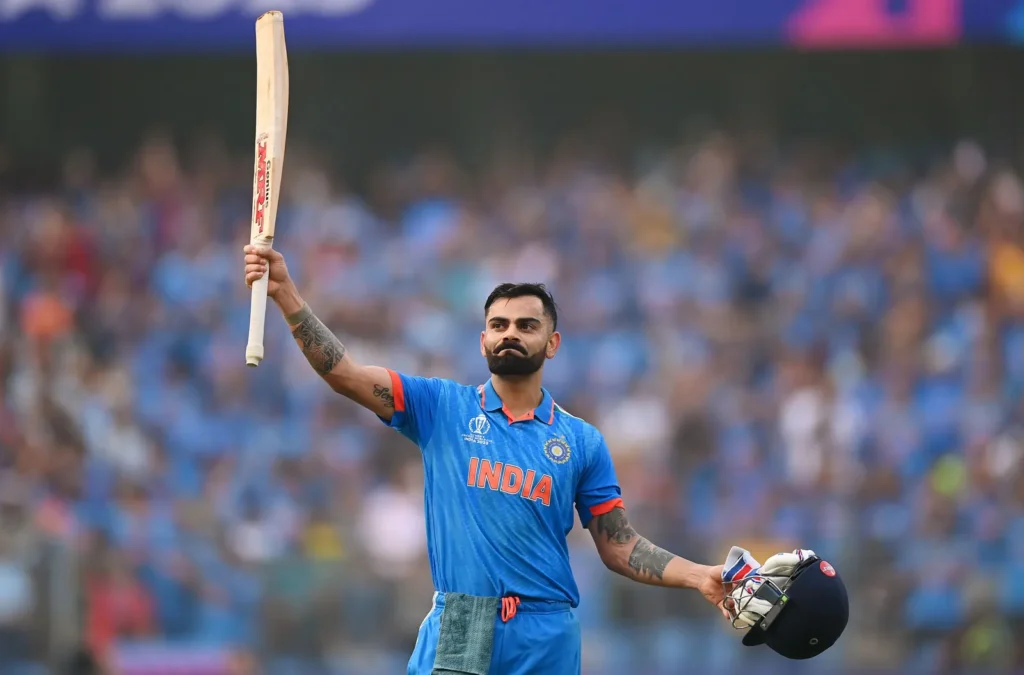
Virat Kohli’s success in T20 cricket is built on a blend of classical techniques and modern innovations. His ability to rotate the strike, combined with his fitness and running between the wickets, sets him apart. Kohli’s adaptability across different phases of the game and his mental resilience make him a model for aspiring T20 batsmen. His career demonstrates that while innovation is crucial, a solid technical foundation remains essential.
Glenn Maxwell

Glenn Maxwell is known for his unorthodox and audacious batting style. His wide range of innovative shots, including the reverse sweep and the switch hit, has made him one of the most exciting batsmen in T20 cricket. Maxwell’s approach emphasizes the importance of creativity and unpredictability in T20 batting. His ability to unsettle bowlers with unconventional strokes and his fearless approach to hitting highlight the evolving nature of batting techniques in the format.
Batting Techniques | A Historical Perspective
Early Days of T20 Cricket
When T20 cricket first emerged, it was seen as a novelty format. The initial approach of batsmen was to apply One Day International (ODI) strategies with some added aggression. Batsmen primarily relied on conventional techniques and cautiously paced their innings.
The Impact of Franchise Leagues
The advent of franchise leagues like the Indian Premier League (IPL), Big Bash League (BBL), and Caribbean Premier League (CPL) played a crucial role in accelerating the evolution of T20 batting. These leagues brought together the best players from around the world, facilitating a cross-pollination of techniques and strategies. The competitive environment and high stakes encouraged batsmen to innovate and take risks, leading to the development of new batting techniques.
The Influence of Analytics and Data
With the rise of data analytics in cricket, teams started to analyze every aspect of the game meticulously. Detailed insights into opposition bowlers, field placements, and match conditions allowed batsmen to develop tailored strategies. This analytical approach contributed significantly to the refinement and evolution of batting techniques in T20 cricket.
Techniques and Strategies of Scoring in T20
Exploiting Field Restrictions
During the powerplay overs, batsmen aim to exploit fielding restrictions by playing aggressive shots and targeting gaps. Techniques such as the lofted drive over the infield and inside-out shots over cover are commonly employed to capitalize on the limited number of fielders outside the circle.
Dealing with Spin and Pace
Adapting to different types of bowling is crucial in T20 cricket. Batsmen have developed specific techniques to counter both spin and pace. Against spinners, the use of the sweep and reverse sweep has become prevalent, while against fast bowlers, techniques like the uppercut and ramp shot are used to manipulate the field and score boundaries.
Building Partnerships
Partnerships are vital in T20 cricket to maintain momentum and build competitive totals. Effective communication, understanding each other’s strengths, and rotating the strike efficiently are key aspects of building successful partnerships. This requires a blend of conventional techniques and innovative strokes to keep the scoreboard ticking.
The Psychological Battle in T20 Cricket
Coping with Pressure Situations
T20 cricket frequently places batsmen in high-pressure situations where quick decision-making is essential. The ability to stay calm and composed under pressure is a crucial aspect of mental toughness. Techniques such as visualization and mindfulness are used by players to prepare mentally for challenging scenarios.
Handling Expectations
The expectations on T20 batsmen are immense, given the high-scoring nature of the format. Managing these expectations, whether from fans, team management, or themselves, is a significant psychological challenge. Batsmen often work with sports psychologists to develop coping mechanisms and maintain focus on their game.
The Future of Batting Techniques in T20 Cricket
Emerging Trends and Innovations
As T20 cricket continues to evolve, new trends and innovations are likely to emerge. The integration of technology, such as virtual reality training and wearable performance monitors, will further enhance the preparation and performance of batsmen. Additionally, the influence of younger players bringing fresh approaches and techniques will keep pushing the boundaries of the game.
Adaptation to Changing Rules and Formats
The rules and formats of T20 cricket may continue to evolve, influencing batting techniques. Changes in fielding restrictions, the introduction of new delivery styles, or innovations in equipment could all impact how batsmen approach their innings. Adaptability will remain a key trait for success in the ever-changing landscape of T20 cricket.
Read More: Impact of Player Injuries on the ICC Men’s T20 World Cup 2024
Conclusion
The evolution of batting techniques in T20 cricket is a testament to the dynamic nature of the game. From the introduction of innovative shots to the emphasis on power hitting and the art of strike rotation, batsmen have continually adapted to meet the demands of this fast-paced format. As T20 cricket continues to grow in popularity and influence, the techniques and strategies employed by batsmen will undoubtedly continue to evolve, pushing the boundaries of what is possible and captivating audiences around the world with their creativity, power, and skill. The journey of T20 batting techniques reflects a broader trend in sports towards innovation and adaptation. As players and coaches embrace new technologies and strategies, the future of T20 cricket promises to be as exciting and unpredictable as its past, with batsmen at the forefront of this ever-evolving game.
Huzaifa Mansoor, an accomplished sports journalist boasting a decade of experience, commands attention with his insightful commentary and astute analysis. With a keen interest in soccer, tennis, Formula 1, and golf, Mansoor brings a wealth of expertise to his reporting, dissecting strategies and uncovering compelling narratives within the realm of sports. Renowned for his ability to deliver nuanced perspectives, he offers a fresh and dynamic outlook on athletes and their captivating journeys. Mansoor’s dedication to providing comprehensive coverage, coupled with his knack for storytelling, solidifies his position as a prominent voice in the world of sports journalism, captivating audiences with each article he pens.



